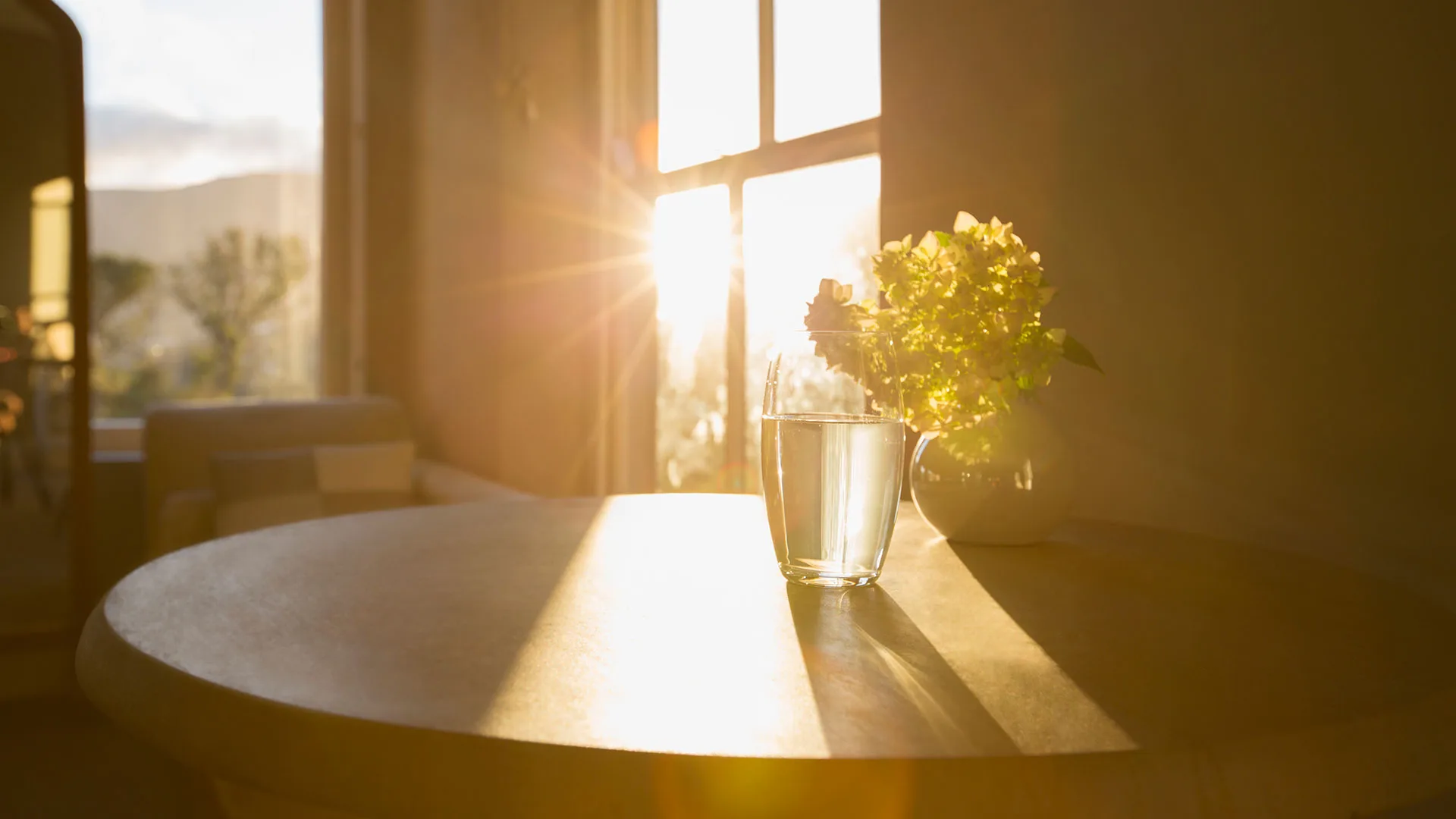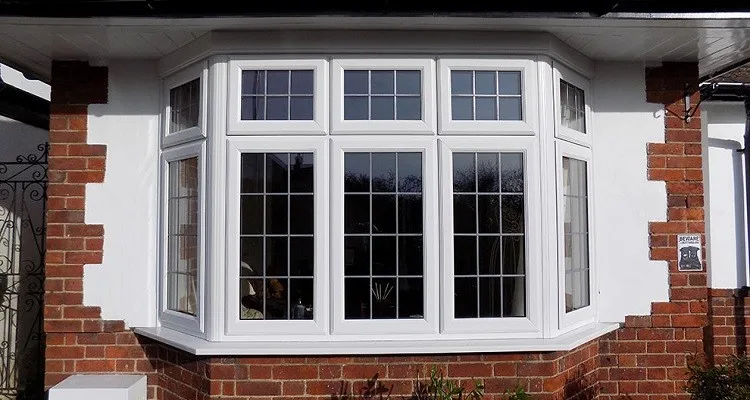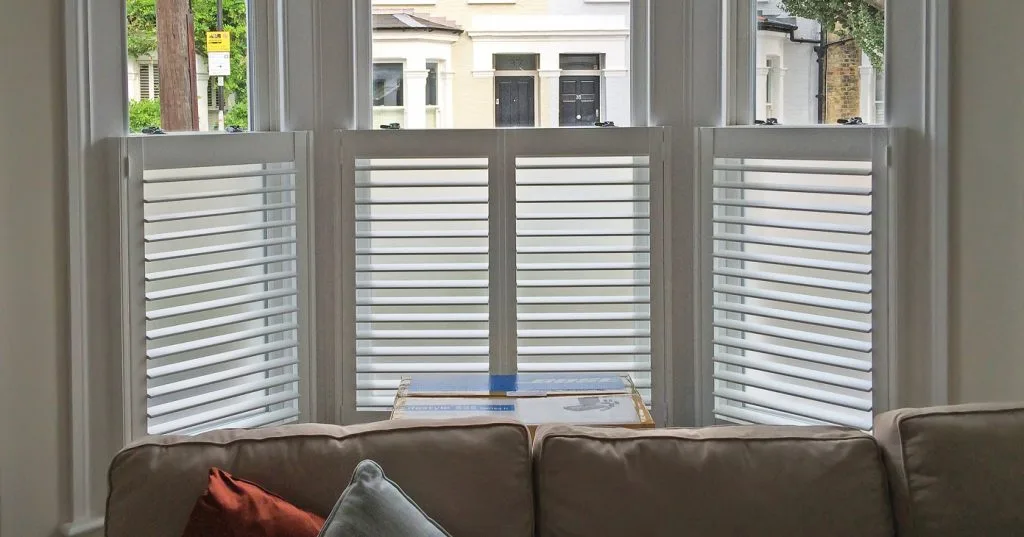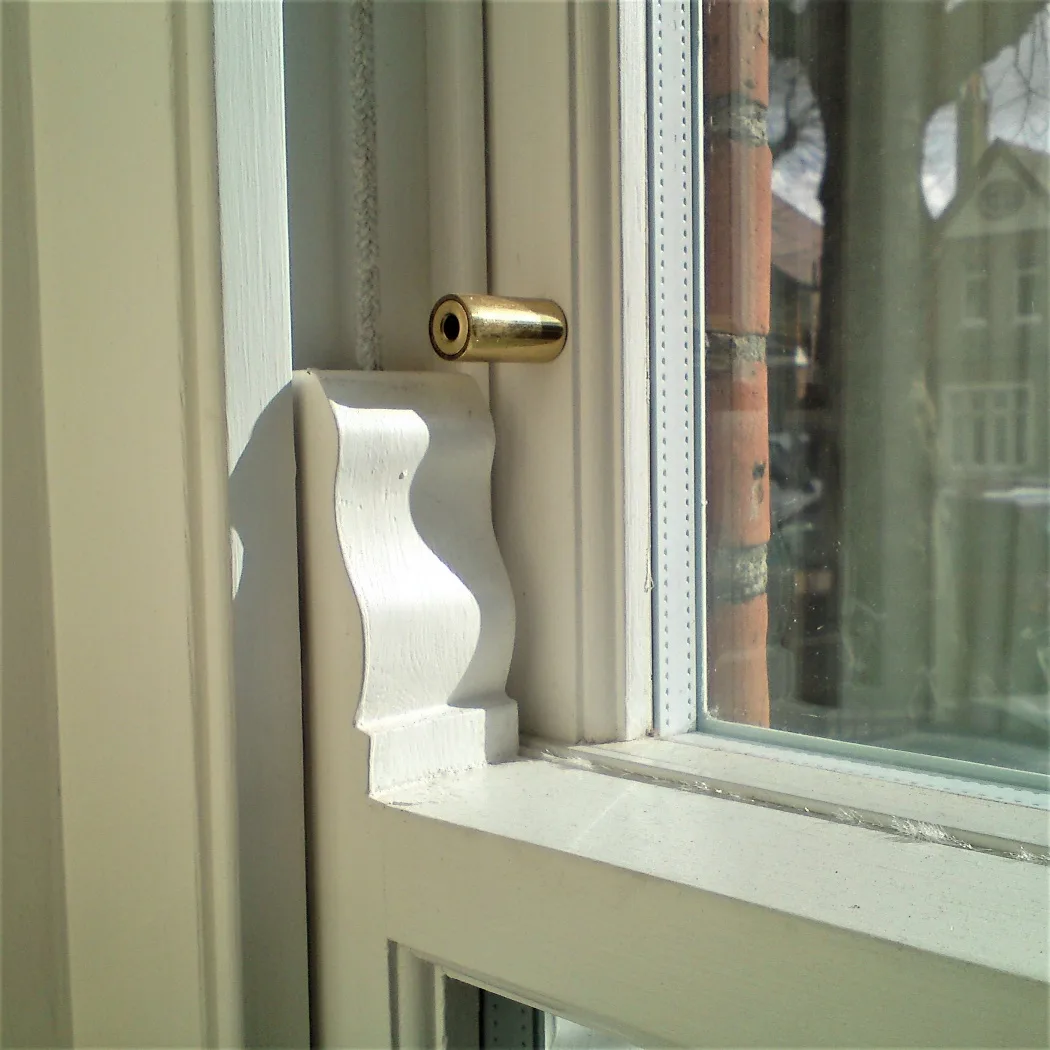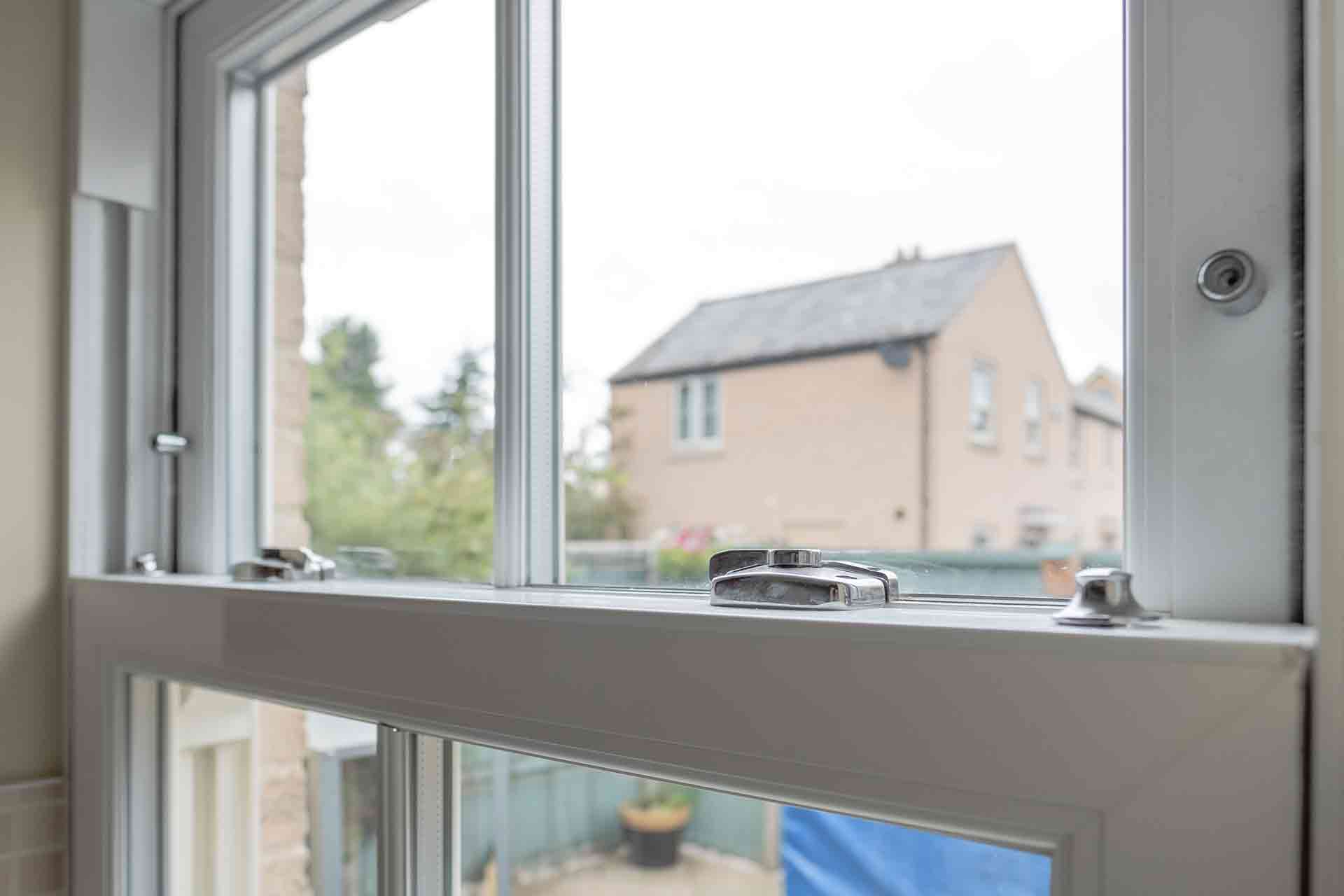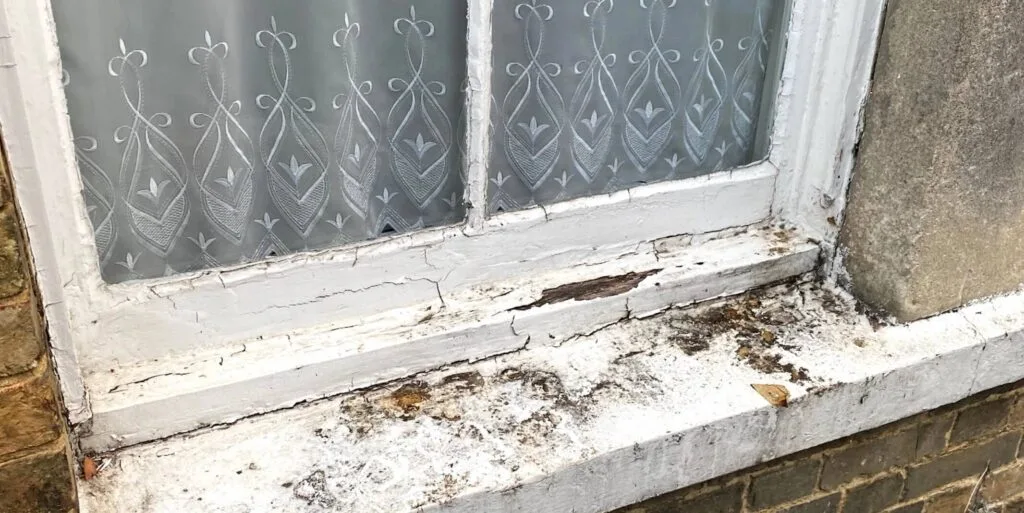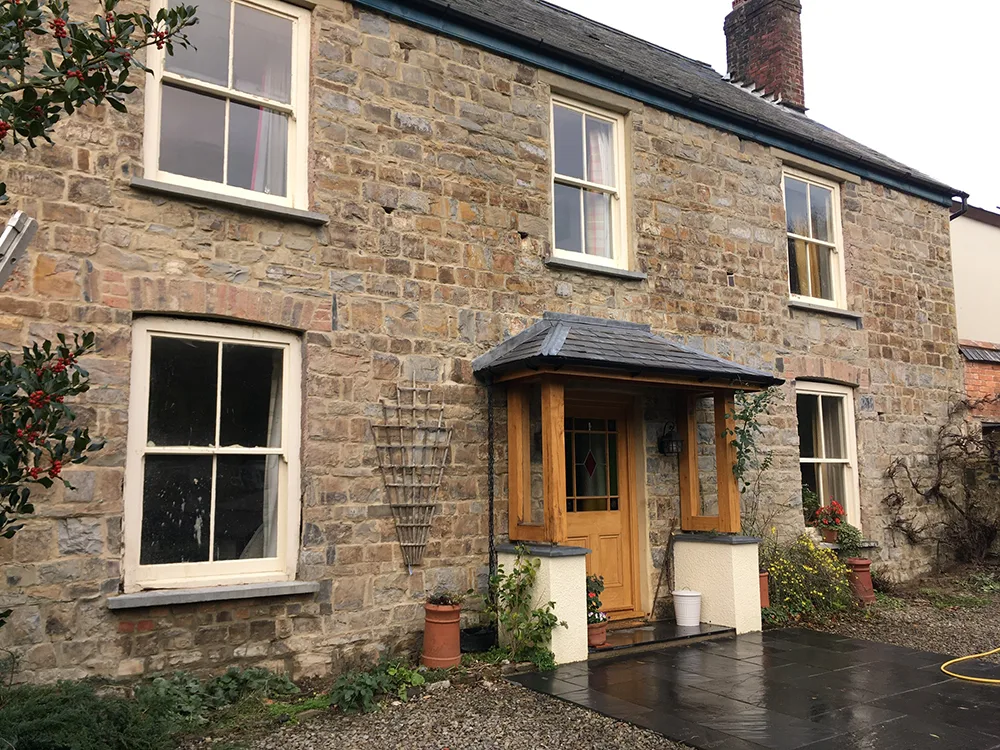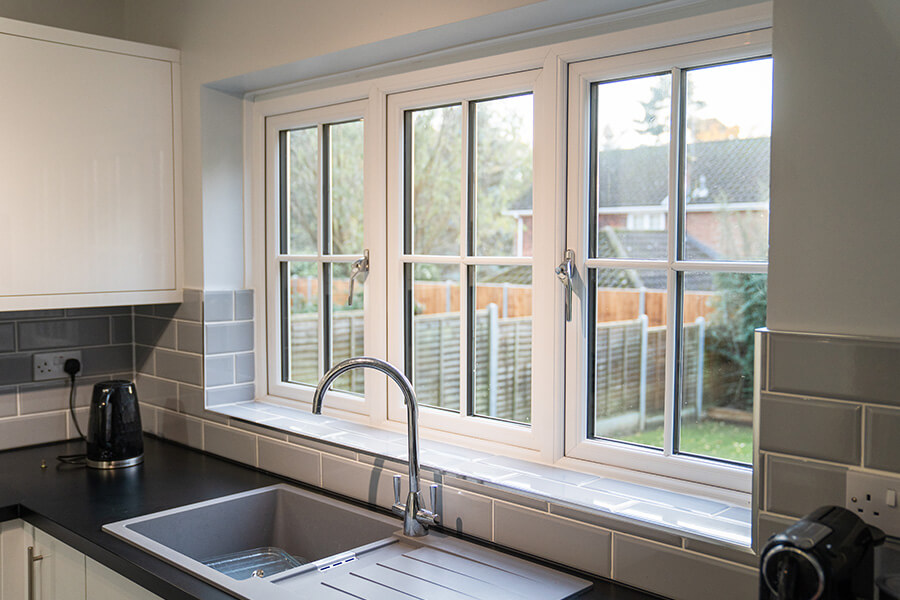They significantly impact the design aesthetics and serve different purposes, including letting in light and controlling ventilation. Window choice and design can make or break a room. Clever design can use windows to enhance natural light, increase ventilation and give an impression of more space. That’s a bit of a responsibility! Find out how to use windows to improve your new build home or make the most of a planned extension.
Why is Light Important?
Natural light affects both body and mind; it improves well-being and mood and reduces stress and anxiety. Making the most of nature’s gift based on the location of a particular room will instantly make that room more attractive. It can also impact costs by reducing reliance on artificial light sources.
Work Room by Room
How much natural light is desirable in each room depends upon the purpose of that room. A south-facing bedroom will be flooded with natural light at dawn, which is actually 4 am during the summer, and this can wake sleepers. However, it might be a good option in a lounge or sitting room and maximising daylight is always preferable for a home office or study. The room’s orientation will dictate how much natural light is available, which, in turn, impacts the choice of interior décor. A north-facing room will generally be colder and have less light than a south-facing one. Using warmer colours for paint, wallpaper, and furnishings will help make the most of the available light and warm a cool room.
How the light falls in the room affects where you might put the windows and how the interior is designed. Light can bounce off reflective surfaces; placing a window on a wall opposite a fireplace with a mirror above doubles the light harvest and creates the illusion of more space. Light doesn’t have to be direct; it can add an indirect glow to walls and ceilings.

Using tiles with a subtle ripple design in the bathroom combined with light from a window is enhanced by the movement of the bath water creating a soft ripple effect which is both soothing and relaxing. Who knew?!
Tall rooms benefit from windows located high up in the wall, whereas rooms which are small or with low ceilings can be enhanced with a sill height close to the floor. Placing windows on opposing walls provides a desirable dual-aspect feature and promotes natural airflow and ventilation throughout the house.
Making the Most of the View
A good window location will always make the most of a stunning view; this might be a pretty garden, countryside scene or cityscape from a loft conversion. A window can be the focus of a room, or conversely, the right window can be positioned to block a less desirable sightline.
Using a variety of window shapes and sizes to capture a panoramic view can be more interesting than just one feature window or wall of glass.
Controlling the Amount of Light
Too much light can make a room unbearably hot and bright at certain times of the year. If you want to opt for as much light as possible, always have the option with your window design to control how much comes in. This might be using blinds, shutters, curtains, or a mixture of all of these. Too much daylight can be as unpleasant and off-putting as too little.
Choosing the Right Window Style
Windows are a functional feature, so maximising natural light is only one consideration. The windows should control thermal regulation, allow for ventilation and suit the style of the house as well as different architectural features. Sash windows are a good option where outdoor clearance is limited or not private.
Well-thought-out window placement and choice of style enhance views, improve ventilation and can help a householder save energy by reducing the need for artificial lighting and heating. But windows are also a design aesthetic and can endow any room with the beauty of light and natural views.
We manufacture timber casement windows and sliding sash windows in a vast range of styles and shapes to suit all homes from the very historic to a contemporary new build, plus everything in between. We combine traditional craftsmanship with modern materials to create windows which will enhance your home and offer excellent thermal regulation, acoustic control, draughtproofing and security. We also repair and refurbish old windows and offer an almost infinite choice of spray paint colours and stain finishes.
Contact us here to learn about bespoke casement and sash window manufacture and our repair and restoration services.

